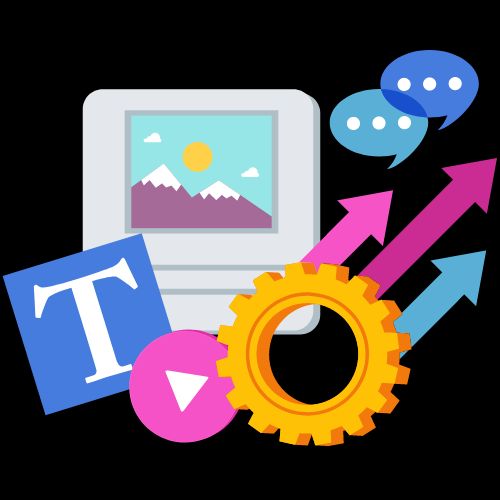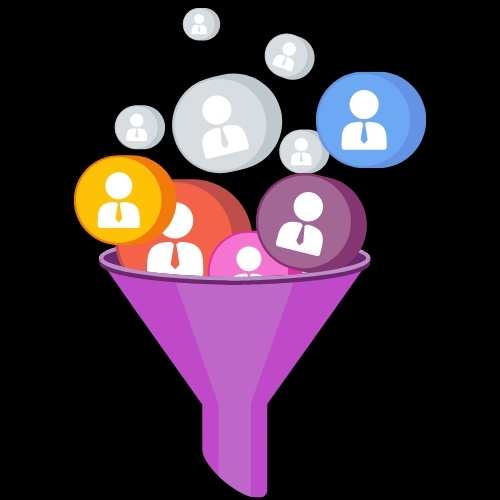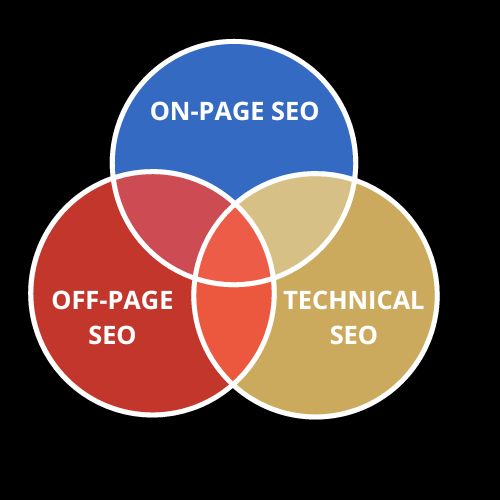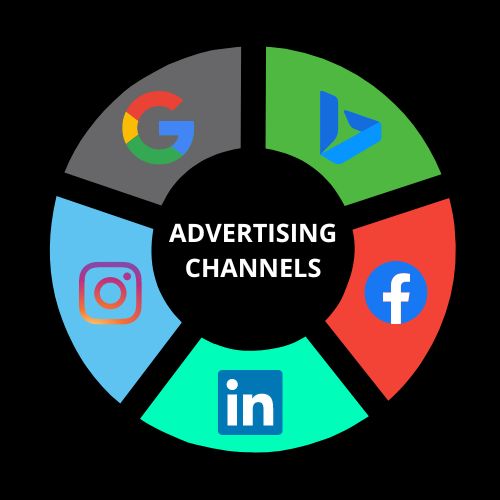Ways to create an effective digital marketing strategy

A digital marketing strategy is a system that describes how to use one or more online marketing channels to reach your inherent customers. There is a long list of steps to succeed in the final goals.
To fulfil a goal, one should have a plan because it will help you arrange multiple online marketing plans; so that they can all work together in reaching your business goals.
Steps:
1. Specify measurable business goals –
The very first step in creating a digital marketing strategy is to circumscribe your business goals. In simple words, to decide that what you want to gain with digital marketing.
Any goals you set have to be measured and outlined. Everything in a digital marketing approach is measurable from scratch to the end goal, and one needs to have an account of this and from a digital marketing plan, which has distinct objectives and goals.
Set up the goals:
- Raise brand awareness
- Increase organic traffic
- Make more sales
- Get more email subscribers
- Reduce the cost of the PPC campaign
- Get more YouTube subscribers.
2. Identify your target audiences –
The next level is to classify your victim. In simple words, to determine in detail who you want to target and what you want them to see your campaign.
What does it mean to identify your audience? Describing in detail what aspects of people might be interested in your contributions.
Identification is on:
- Demographic area of your potential audience.
- Their age groups
- Gender
- Occupation
- Their interests
- Marital status
- Family status
- Educational background
The exact details of the identification habitually depend upon your product.
3. Understand user needs and their search intent –
Once you get to know about the profile of your targeted audience, the next step is to use various forms and try to understand their needs and how they hunt for them using unlike search engines or social media.
There are two ways to address this method.
The first approach is to take the standard digital sales funnel and find what your customers might want at each stage.
- Awareness: create your brand awareness through different blogs and events.
- Interest: nurture leads with targeted content such as email marketing and newsletter.
- Consideration: provide your product information to prospects email campaigns.
- Intent: focus on the unique value proposition
- Buy: prospects become clients after a sales transaction.
The second way is to take the audience’s profiles and create a separate sales funnel for each.

4. Create a content marketing library –
The most important strategy is to build a library of content. You know your audiences, now to maintain the intercommunication with them, you need to create various types of content. Contents can be a blog, infographic, video, podcast, image, or anything else that you can publish on your website or social media accounts.
In this digital marketing world, content marketing is essential because it is a process of deciding what kind of content to create, when, and where to publish.
5. Start SEO as soon as possible –

A strategic decision to make that can positively impact your digital marketing efforts is to start with SEO as soon as possible.
SEO is one of the most effective digital marketing strategies, yet it has a red flag. It takes time to work.
When you start an SEO campaign, it may need 4 to 6 months to produce any results. It is a long time to wait, so most marketers tend to focus on other digital channels first that are more immediate.
SEO is a great topic. Search engines take a hundred parameters in the account before they think of which webpage to show in the results for a particular query.
To make it easier to handle, SEO has three main sub-process:
- Technical SEO – crawling and indexing.
- On-page SEO – page and content optimization.
- Off-page SEO – website promotion
6. Use Email marketing segmentation and automation –
The goal of a digital marketing campaign is to create more revenue for a business. But to get to your ultimate goal, you need to think about micro-conversions.
An essential element to make this work is segmentation and automation.
With email segmentation, you differentiate your list into crowds of people that share the same interests and send them customized content.
With Email automation, you can arrange the whole process to run without intervention and manual work. You only have to set the automation campaign, monitor the performance, and take the actions.
7. Explore paid advertising channels –

Here is a list of the most popular digital marketing platforms you can use to reach your target audiences:
- Facebook ads – it is ideal for all types of businesses. The best program to raise brand awareness.
- Instagram ads – it is best if you want to reach younger audiences,
- Linked In ads – it is mainly for business-related advertising.
- Google ads – the most secure platform to get targeted traffic to your website through paid search ads.
- Bing ads – a great alternative to Google to get more search traffic to your website.
8. Take advantage of new traffic sources –
A digital marketing strategy should not only take into account the traditional online marketing channels. It should also cater to new digital marketing channels that rise to the surface.
To be more precise, at the time of writing this post; there are several new channels that you can explore like:
- Google discover ads
- Google shopping search
- Google shopping ads
- Tik-Tok
- Optimizing your content for voice search.
- Google keen
9. Use retargeting and personalization –
It is necessary to follow up on users that already know your brand but are not yet customers. It is known as retargeting or remarketing. While retargeting, you can show particular ads to users who visited your website yet do not get converted into your customer.
10. Work on conversion optimization –
Conversion optimization is the process that needs to be followed to optimize your website so that a higher percentage of your visitors will perform the desired actions.
It starts with your website design, content, landing page optimization, email signup forms, shopping cart, checkout process, and other elements that contribute to conversions.
11. Evaluate and revise your strategy –
Digital marketing is a highly dynamic industry. Rules change all the time, and you must evaluate and revise your digital marketing strategy to stay current and relevant.
The most important metrics for any digital marketing campaign are:
- The number of site visits.
- Cost per visit
- Cost per conversion
- Click-through rate
- Number of conversions
- Number of micro-conversions
- Time on site
- Bounce rate
- Number of social shares
- Number of comments
